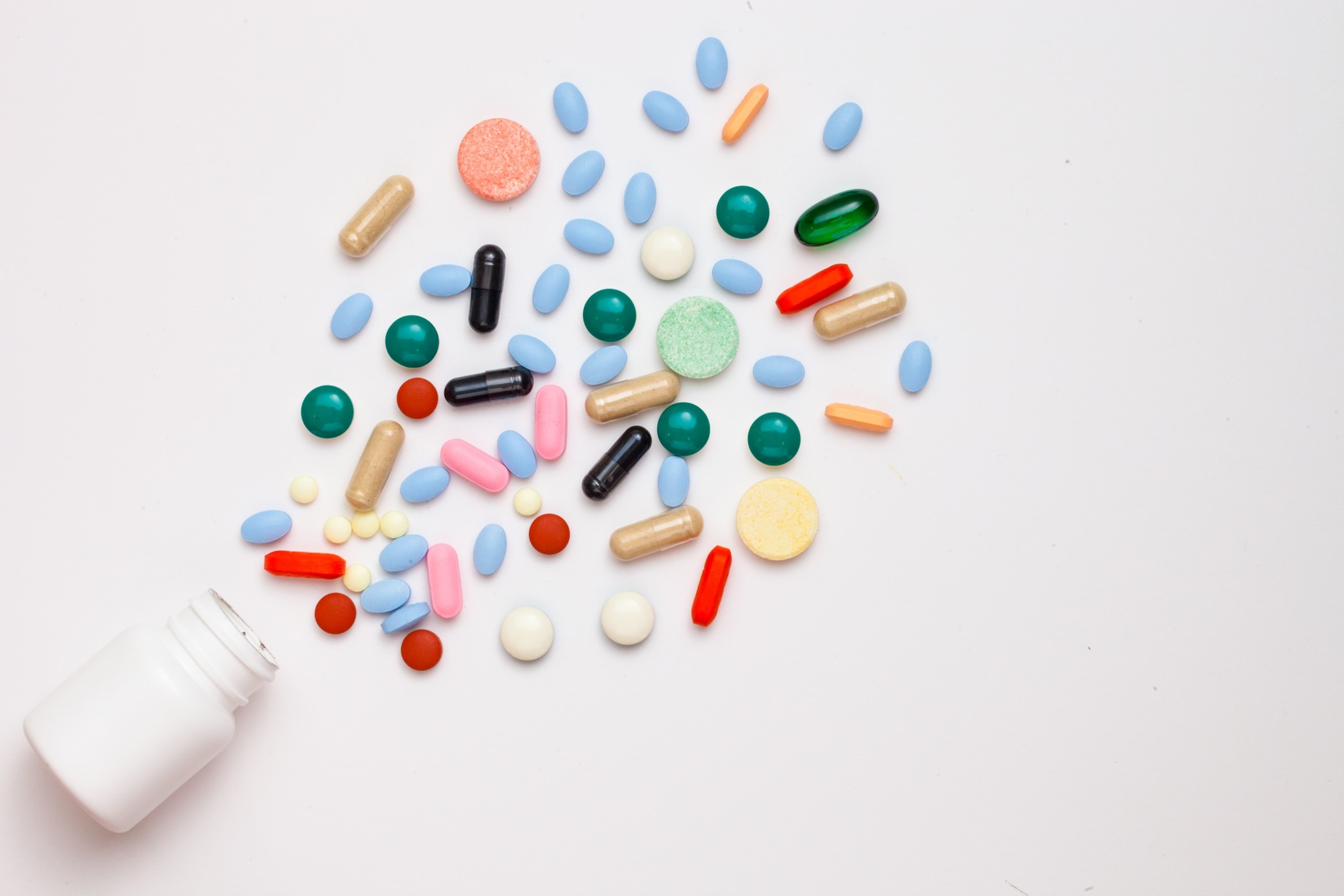Drug Diversion
What is Drug Diversion?
When prescription medicines are obtained or used illegally, it is called drug diversion. Healthcare providers who steal prescription medicines or controlled substances such as opioids for their own use put patients at risk.
This can result in several types of patient harm, including:
- Substandard care delivered by an impaired healthcare provider
- Denial of essential pain medication or therapy
- Risks of infection (e.g., with hepatitis C virus or bacterial pathogens) if a provider tampers with injectable drugs
Addiction to prescription narcotics has reached epidemic proportions and is a major driver of drug diversion.
For more information please visit: CDC Drug Diversion


Outbreaks Associated with Drug Diversion
CDC and state and local health departments have assisted in the investigation of infection outbreaks stemming from drug diversion activities that involved healthcare providers who tampered with injectable drugs.
These outbreaks revealed gaps in prevention, detection, or response to drug diversion in U.S. healthcare facilities. Healthcare facilities should have strong narcotics security measures and active monitoring systems to prevent and detect diversion activities.
Appropriate response by healthcare facilities includes:
- Assessment of harm to patients
- Consultation with public health officials when tampering with injectable medication is suspected
- Prompt reporting to law and other enforcement agencies
For more information please visit: CDC Drug Diversion
Additional Resources
Centers for Disease Control and Prevention
- Safe Injection Practices to Prevent Transmission of Infections to Patients
- Patient Notification Toolkit | CDC
- Bloodborne Pathogens Training (20:08 mins)
- Drug Diversion Handout | CDC
National Institutes of Health
Additional Resources
Council for State and Territorial Epidemiologists (CSTE)
Enforcement Agencies
Page last reviewed and updated: September 2024
